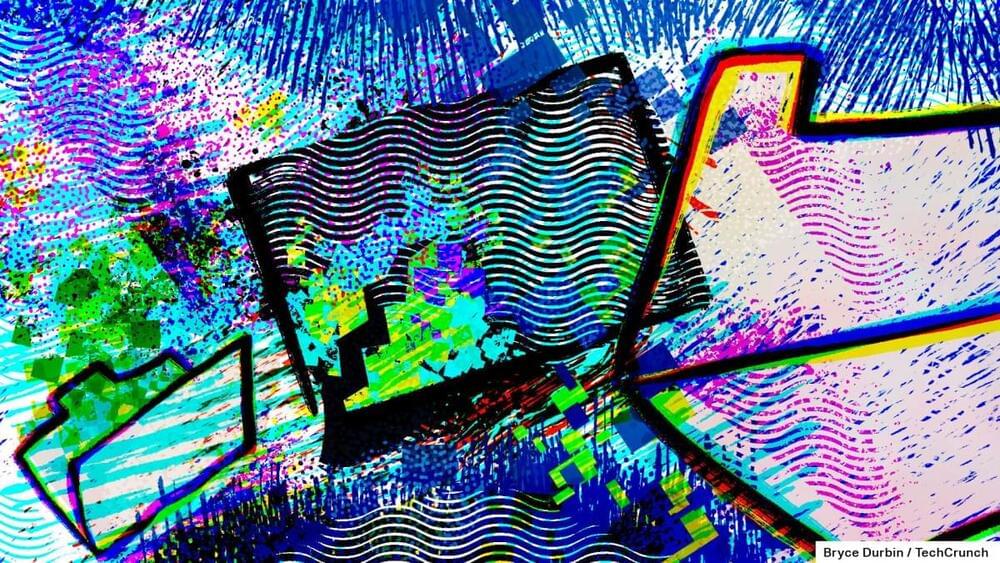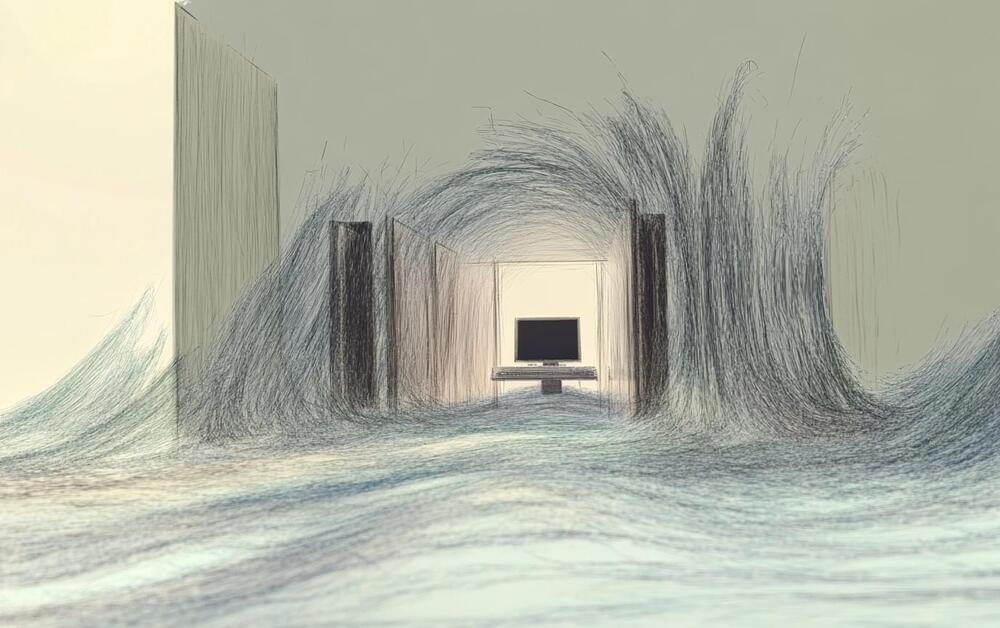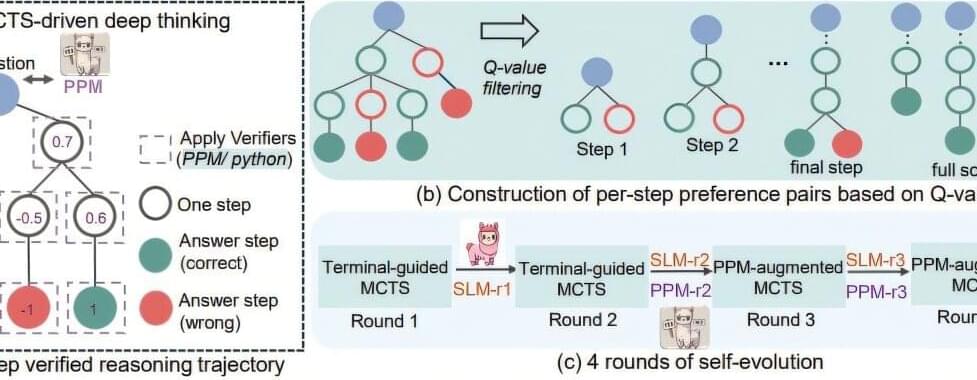HPE’s liquid-cooling technology may have played a role in the win, wrote Woo Jin Ho, an analyst at Bloomberg Intelligence.



Modern AI systems have fulfilled Turing’s vision of machines that learn and converse like humans, but challenges remain. A new paper highlights concerns about energy consumption and societal inequality while calling for more robust AI testing to ensure ethical and sustainable progress.
A perspective published on November 13 in Intelligent Computing, a Science Partner Journal, argues that modern artificial intelligence.
Artificial Intelligence (AI) is a branch of computer science focused on creating systems that can perform tasks typically requiring human intelligence. These tasks include understanding natural language, recognizing patterns, solving problems, and learning from experience. AI technologies use algorithms and massive amounts of data to train models that can make decisions, automate processes, and improve over time through machine learning. The applications of AI are diverse, impacting fields such as healthcare, finance, automotive, and entertainment, fundamentally changing the way we interact with technology.




Trying to spot contraband is a tricky business. Not only is identifying items like narcotics and counterfeit merchandise difficult, but the current most used technology—X-rays—only gives a 2D view, and often a muddy one at that.
“It’s not like X-raying a tooth, where you just have a tooth,” said Eric Miller, professor of electrical and computer engineering at Tufts. Instead, it’s like X-raying a tooth and getting the entire dental exam room.
But Miller and his research team have now found a possible solution that uses AI with deep learning to spot items that shouldn’t be there and is accurate 98% of the time. Their findings were published in Engineering Applications of Artificial Intelligence.


A team of math and AI researchers at Microsoft Asia has designed and developed a small language model (SLM) that can be used to solve math problems. The group has posted a paper on the arXiv preprint server outlining the technology and math behind the new tool and how well it has performed on standard benchmarks.
Over the past several years, multiple tech giants have been working hard to steadily improve their LLMs, resulting in AI products that have in a very short time become mainstream. Unfortunately, such tools require massive amounts of computer power, which means they consume a lot of electricity, making them expensive to maintain.
Because of that, some in the field have been turning to SLMs, which as their name implies, are smaller and thus far less resource intensive. Some are small enough to run on a local device. One of the main ways AI researchers make the best use of SLMs is by narrowing their focus—instead of trying to answer any question about anything, they are designed to answer questions about something much more specific—like math. In this new effort, Microsoft has focused its efforts on not just solving math problems, but also in teaching an SLM how to reason its way through a problem.
Premiere starts in 10 minutes!
Join aerospace engineer Mike DiVerde for the latest updates from NASA’s Mars rovers! Get an insider’s look at Curiosity’s challenging journey through Gale Crater’s rocky terrain and Perseverance’s exciting expedition toward Witch Hazel Hill in Jezero Crater. This episode features exclusive Mars photos, current Martian weather readings, and fascinating details about Mars surface conditions that space enthusiasts won’t want to miss. Learn about the latest Mars discoveries as we explore real-time rover updates and the cutting-edge space technology that makes robotic exploration possible. Whether you’re interested in planetary science or simply curious about what’s happening on the Red Planet, this comprehensive Mars exploration update delivers the most recent findings from our mechanical explorers on Mars.

That’s the word from a new set of predictions for the decade ahead issued by Accenture, which highlights how our future is being shaped by AI-powered autonomy. By 2030, agents — not people — will be the “primary users of most enterprises’ internal digital systems,” the study’s co-authors state. By 2032, “interacting with agents surpasses apps in average consumer time spent on smart devices.”
Also: In a machine-led economy, relational intelligence is key to success
This heralds a moment of transition, what the report’s primary author, Accenture CTO Karthik Narain, calls the Binary Big Bang. “When foundation models cracked the natural language barrier,” writes Narain, “they kickstarted a shift in our technology systems: how we design them, use them, and how they operate.”